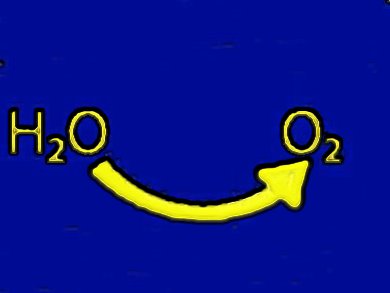The production of carbon-neutral energy is an important emergence of this century. Molecular hydrogen has the potential to quench the world’s energy thirst and could in principle be produced by the splitting of water molecules. In practice, water splitting is hindered by the remarkable chemical stability of water itself, as the Gibbs free energy required for its splitting is at least 2.46 eV per molecule.
Francesco Paolucci, University of Bologna, Italy, Marcella Bonchio, University of Padova, Italy, Maurizio Prato, University of Trieste, Italy and colleagues utilized covalent and non-covalent strategies for the functionalization of carbon nanotubes (CNTs) with positively charged groups and subsequently negatively charged, inorganic catalysts, leading to nanomaterials for electrocatalytic water splitting.
CNT functionalization through extended π–π interactions and solvent-free covalent conditions, assisted by microwave (MW) irradiation, have been exploited, with the appealing advantage of eliminating hazardous volatile organic solvents while accelerating the reaction time and maximizing the product yields.
These strategies can result in the production of innovative electrocatalytic nanomaterials with increased cost-efficiency and application potential in the field of renewable energy.
- Tailored Functionalization of Carbon Nanotubes for Electrocatalytic Water Splitting and Sustainable Energy Applications,
Francesca Maria Toma, Andrea Sartorel, Matteo Iurlo, Mauro Carraro, Stefania Rapino, Lena Hoober-
Burkhardt, Tatiana Da Ros, Massimo Marcaccio, Gianfranco Scorrano, Francesco Paolucci, Marcella Bonchio, Maurizio Prato,
ChemSusChem 2011.
DOI: 10.1002/cssc.201100089




